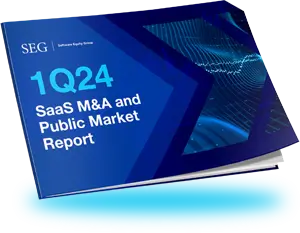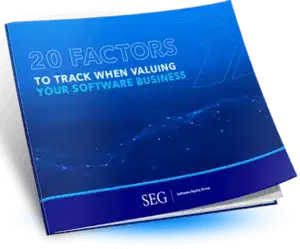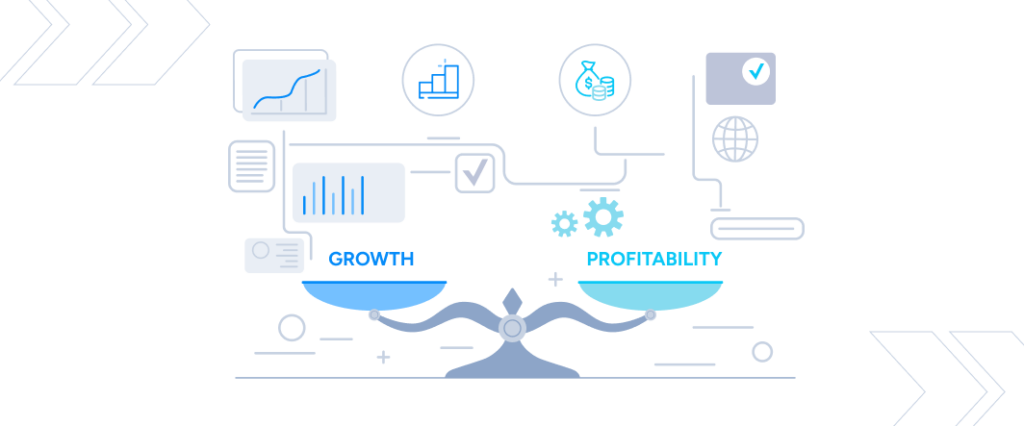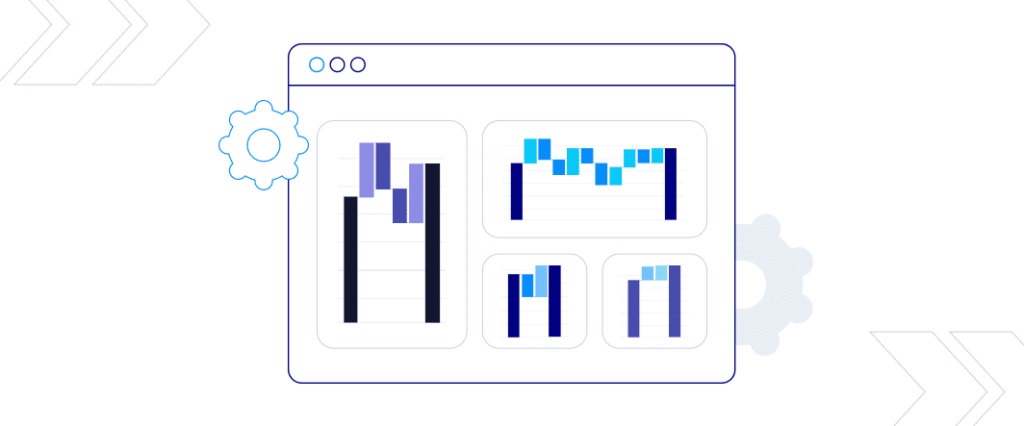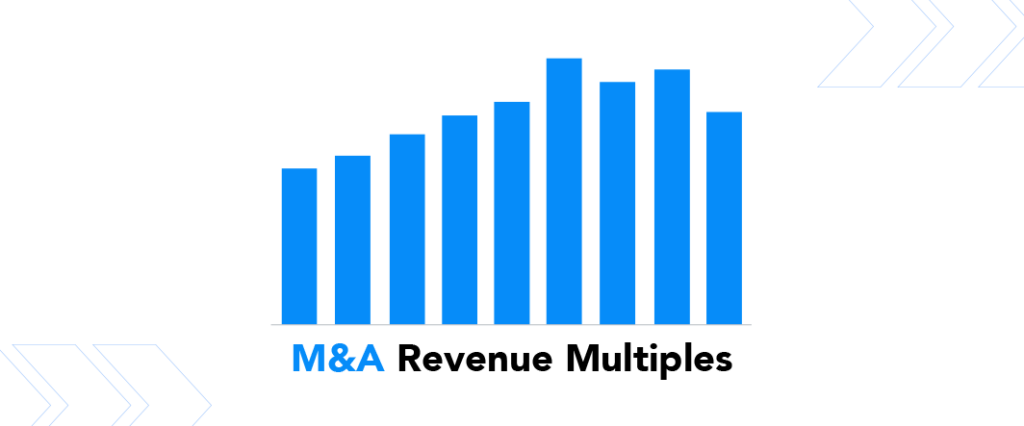Getting to the Root of the Revenue Multiple

SEG’s quarterly research was featured in an article by TechCrunch, one of the most notable tech publications out there.
Getting to the root of the revenue multiple
With a regular drumbeat of news covering the cyclically high prices in the stock market, valuation concerns are top of mind for many investors. For those in tech investing, this concern is perhaps most acute, given the generally high multiples assigned to the sector.
It was across this backdrop that I decided to examine something that has been bothering me for quite some time; specifically, why on earth have we become accustomed to valuing SaaS companies (both public and private ones) in terms of revenue multiples rather than more traditional measures of value such as earnings or free cash flow?
After all, most people will recall from a basic accounting or finance course that cash is king, and stock prices fundamentally reflect the discounted value of future expectations of cash flow. Is a revenue valuation multiple merely a short-cut to describing cash flow expectations for SaaS companies, or is it a different, premium way to value businesses that have higher levels of revenue predictability based on customer renewals and the potential for net-negative churn rates?
While there are a number of good articles addressing how revenue multiples have moved over time or why this methodology even came to be, I still find myself curious as to how exactly a revenue multiples ties to some fundamental unit of company value. As a result, I’ve decided to cover this topic in a high-level (and no doubt relatively unscientific!) way to see what I could discover.
The valuation of a stock is most commonly quoted in terms of an earnings multiple, i.e. today the S&P trades at approximately 25 times earnings. However, an apples-to-apples comparison of earnings for SaaS companies becomes difficult given that earnings remain negative for many years given the GAAP treatment of subscription contracts. As a result, it makes most sense to go right to a free cash flow comparison — as you can see from the graphic below, the median public SaaS company produced a 7.6 percent free cash flow margin in the most recent quarter:
So, at face value, how does the free cash flow multiple for SaaS companies compare to the broader market? According to Goldman Sachs, the free cash flow yield (ratio of free cash flow to market cap) for the median S&P 500 company was 4.3 percent as of August 1. So if we use today’s average SaaS revenue multiple (there it is again!) of 6.6x* we can calculate the free cash flow yield for the median SaaS business at 1.2 percent:
So, no surprise, SaaS companies look quite expensive as compared to the S&P (1.2 percent versus 4.3 percent) as investors get much lower cash flow for a given stock price.
However, SaaS companies are given credit for their high growth rates, so what might this ratio look like if they were growing at a more moderate pace? As shown below, the average SaaS company spends about 37 percent of revenue on sales and marketing:
Considering an average payback period (the time it takes to recover revenue equal to the cost of customer acquisition) of around 16 months, 37 percent investment in S&M implies a growth rate of 27 percent (basically right on with public SaaS companies’ average growth rate of 27.8 percent*). So what level of sales and marketing investment would be required when the growth rate of the business moderates to 10 percent?
Adjusting the sales and marketing investment down from 37.1 percent to 13.6 percent simplistically adds 23.5 percent to the bottom line. Now, our FCF Yield calculation looks quite different:
Ah-ha! While you can certainly pick on any of these (admittedly very basic) assumptions, we are now at least in the same ballpark as the valuation multiple of a traditional S&P stock:
So, at the highest level, it’s clear that public market investors are giving credit to SaaS businesses for future profitability when growth moderates. Whether this is a sensible valuation methodology is outside the scope of this discussion (certainly current cash flows are superior to non-guaranteed future cash flows!). It also starts to shed some light on my own personal question, where the basic 7x revenue multiple looks like a shortcut from the approximately 30 percent free cash flow margins at maturity divided by a more traditional free cash flow yield of 4.3 percent.
NOTE: This is the first piece in a three-part series on high-level valuation thoughts for a few popular categories of Venture Capital investment. Next month, I’ll dive into how public marketplaces trade, and why they may be undervalued relative to SaaS companies.


